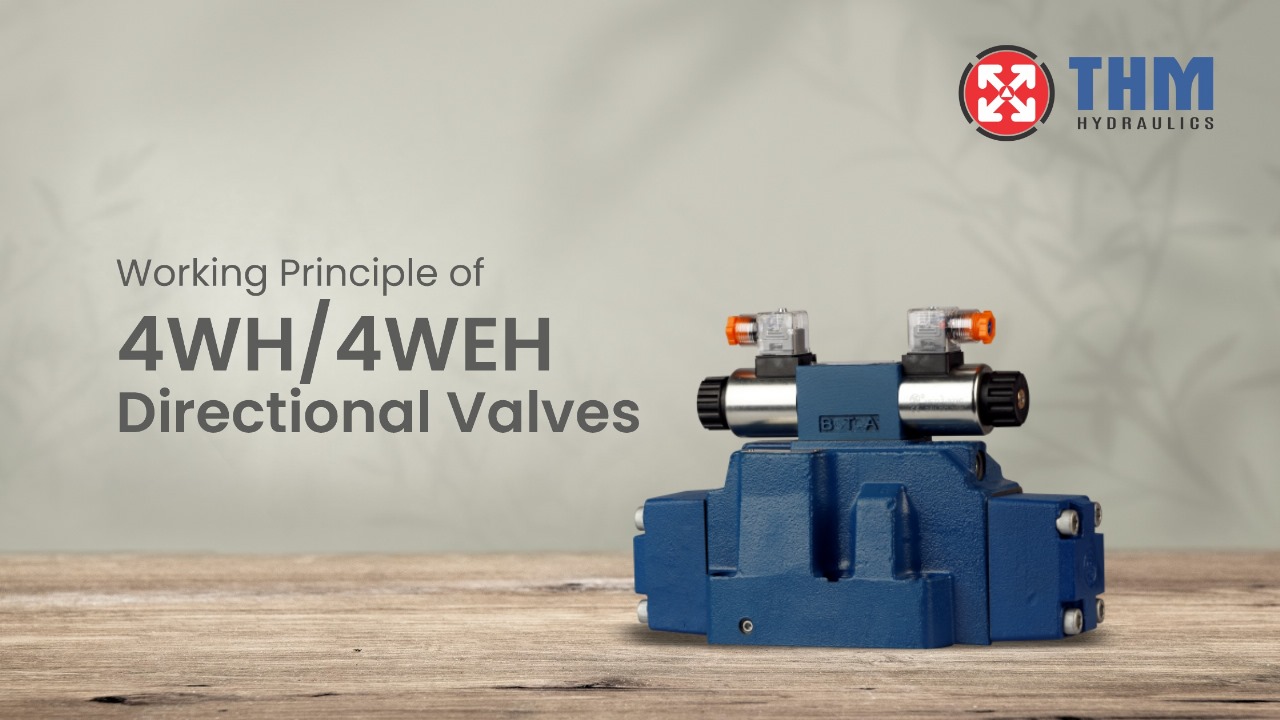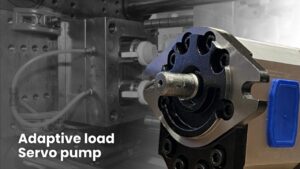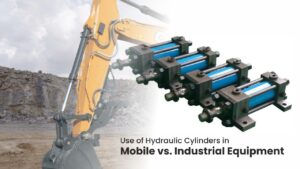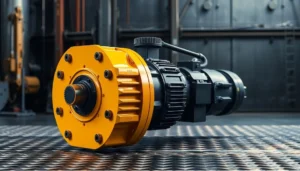The directional control valve guides hydraulic fluid smoothly to multiple system components in order to achieve optimal system performance. The 4WH/4WEH Directional Control Valves lead the pack because they deliver precise results and work well across different industrial uses. This article explains how directional control valves operate and lists their different types while showing why THM Huade Hydraulics leads the industry in quality.
What does a Directional Control Valve do?
The hydraulic directional control valve controls the movement of fluid through the hydraulic system. Through directional control valves the system moves hydraulic actuators including motors and cylinders. The proper operation of hydraulic systems depends on directional control valves to work correctly.
Directional Control Valve Function
The main task of a directional control valve is to direct hydraulic fluid from the pump to hydraulic actuators and back to the reservoir. The valve housing contains a movable spool that controls fluid flow through multiple paths. The main work of a directional control valve involves three key tasks.
- The device starts and stops hydraulic fluid movement.
- The directional control valve moves hydraulic fluid to different directions.
- Our hydraulic actuators move faster when we adjust the valve settings.
- The system valve reduces pressure to protect equipment from harm.
The 4WH/4WEH Directional Control Valves use electrical signals to control hydraulic fluid movement in the system.
Working Principle of 4WH/4WEH Directional Valves
A directional control valve operates through the movement of a spool inside its valve body. The 4WH/4WEH models deliver top performance and precise control in hydraulic systems because of their advanced design.
1. Spool Movement and Flow Paths
The directional control valve contains a machined bore where a moving spool opens and closes fluid pathways. The position of the spool decides if hydraulic fluid moves to an actuator unit or returns to the reservoir or stays still.
2. Actuation Methods
The 4WH/4WEH valves use electric controls to switch between different operating modes.
When electrical power runs through the solenoid coil it pushes the spool to switch the fluid flow path.
The main spool moves under the control of a small hydraulic pressure.
3. Flow Control and Efficiency
The valve system moves the spool when power is turned on to send hydraulic oil through a designated path.
The spool automatically moves back to its starting position when power stops flowing and changes the oil path.
The spring system automatically puts the spool back to its basic position when no control signal is present.
Types of Directional Control Valves
Directional control valves exist in different types that designers classify according to their construction and working principles.
1. Spool Valves
Spool valves represent the majority of hydraulic directional control valves with 4WH/4WEH models as their standard. They control fluid movement with a machined housing and a cylindrical spool.
2. Poppet Valves
The valves operate using a poppet design instead of a spool. They respond quickly and perform well under heavy pressure conditions.
3. Manual Valves
You can move the spool position of manual valves by pushing buttons or levers.
4. Solenoid Operated Valves
The electrical system controls these valves to deliver fast reactions that work well in automated systems.
Why Choose THM Huade Hydraulics for Directional Control Valves?
THM Huade leads the industry by producing the best quality directional control valves for multiple business sectors. Their 4WH/4WEH valves are known for:
- Precision Engineering: Manufactured with strict quality standards for optimal performance.
- High Durability: Designed to withstand extreme pressure and harsh working conditions.
- The system moves the spool smoothly which lets the machine react fast while saving energy.
- Versatility: Suitable for industrial machinery, mobile equipment, and automation systems.
Conclusion
4WH/4WEH Directional Control Valves control hydraulic systems effectively by managing fluid movement in modern applications. Learning how directional control valves work enables users to choose the best valve for their particular needs. THM Huade Hydraulics produces best quality directional valves that serve industries that depend on precise and dependable equipment.
Integrating the proper directional control valve helps companies make their systems work better with less downtime and higher output.



